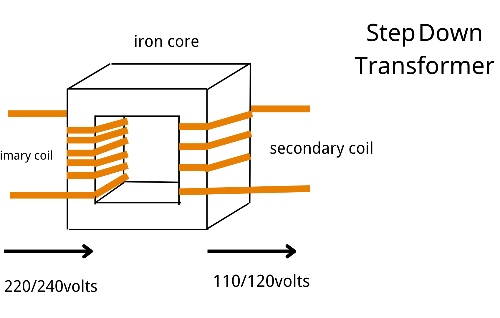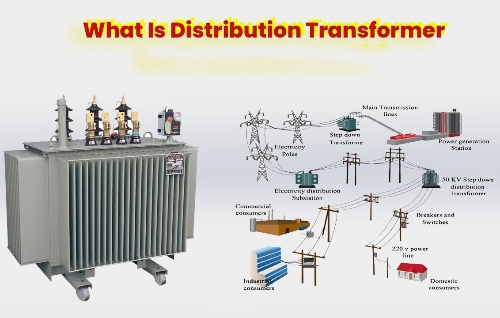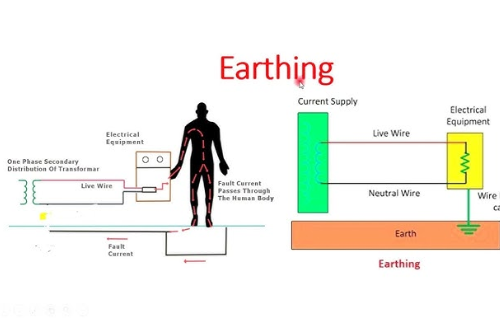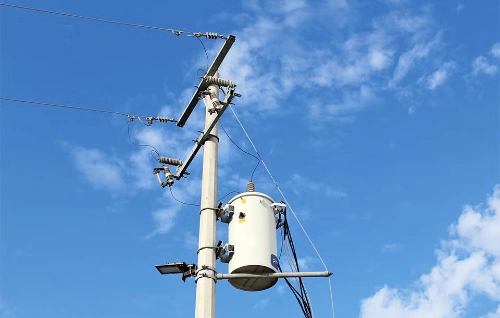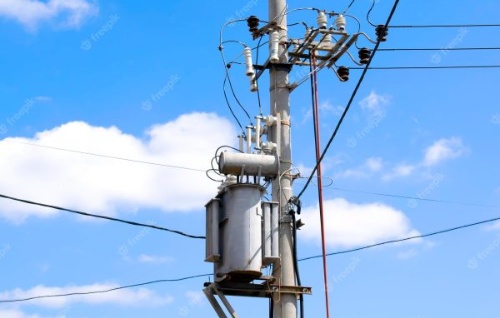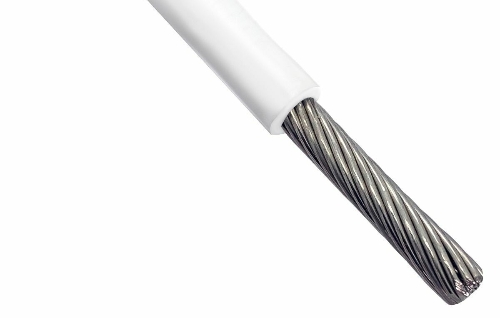What is a Pad Mounted Transformer? | Single Phase & Three Phase Overview
In today’s evolving power distribution networks, the demand for safe, efficient, and visually unobtrusive electrical infrastructure is greater than ever. One device at the heart of this transformation is the pad-mounted transformer. Widely used in both residential and commercial settings, these transformers are designed for underground utility systems and offer a robust, weather-resistant solution for medium-to-low voltage power conversion.
This article provides a comprehensive overview of pad-mounted transformers, including the differences between single-phase pad-mounted transformers and three-phase pad-mounted transformers, as well as their critical role as ground-mounted electrical transformers in both commercial and residential environments.
Single Phase Pad Mounted Transformer: Residential Power Solution
A single-phase pad-mounted transformer is engineered to serve low to moderate electrical loads. It is commonly deployed in residential settings or small-scale commercial developments.
Specifications:
- Power Rating: 10 kVA to 167 kVA
- Voltage:
- Primary: 7.2kV, 14.4kV
- Secondary: 120/240V
- Applications:
- Housing subdivisions
- Street lighting
- Small office buildings
Because of their compact footprint and quiet operation, single-phase pad-mounted transformers are often selected as residential power transformers in suburban environments where aesthetics and safety are priorities.
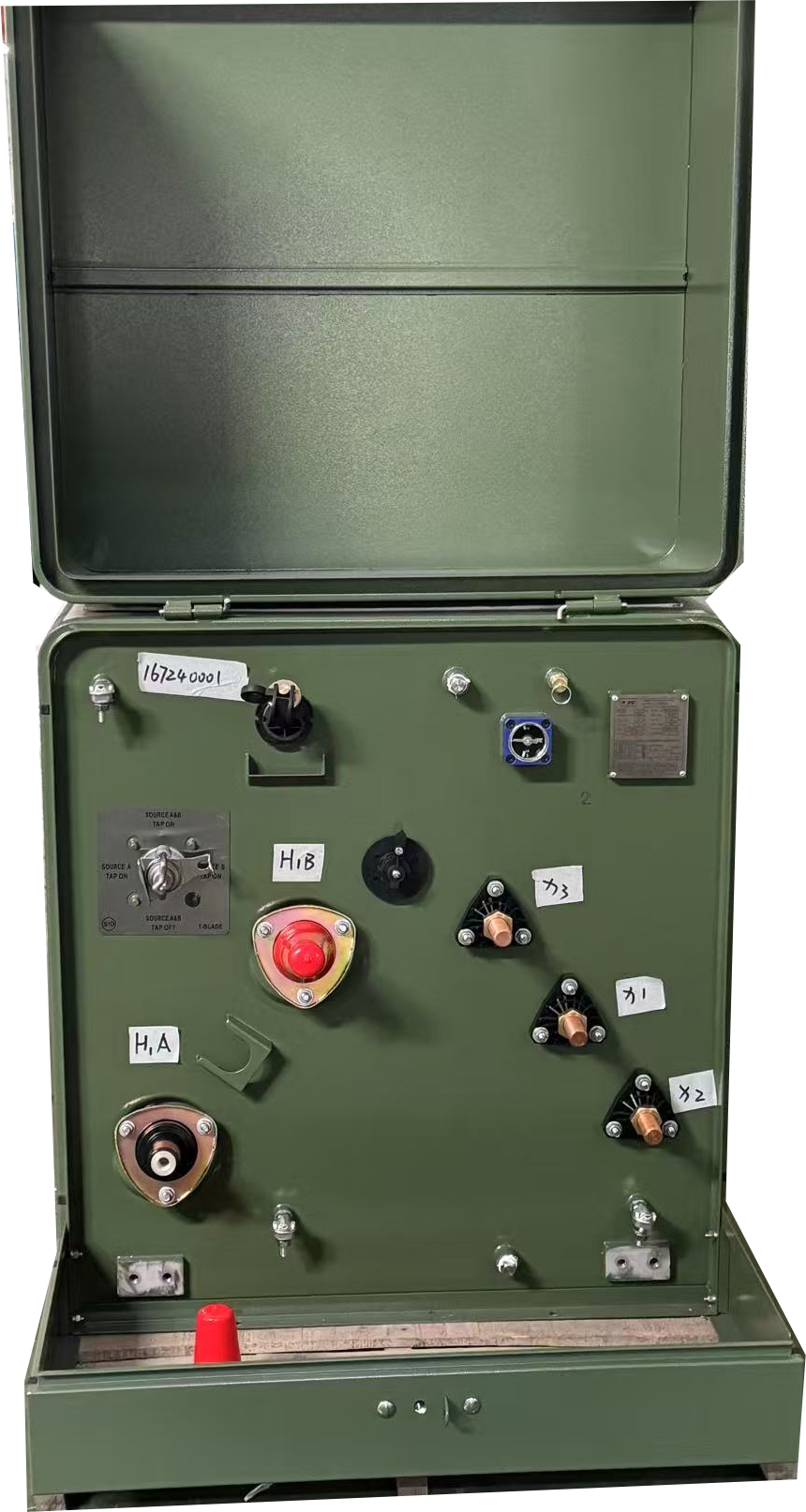
Three-Phase Pad-Mounted Transformer: Powering Commercial Infrastructure
When it comes to supplying electricity to larger facilities, such as shopping malls, hospitals, and industrial parks, the three-phase pad-mounted transformer is the optimal choice. These transformers are built to manage significantly higher power loads and ensure voltage stability across all three phases.
Specifications:
- Power Rating: 45 kVA to 5000 kVA
- Voltage:
- Primary: 13.8kV, 24.9kV
- Secondary: 208Y/120V, 480Y/277V
- Common Uses:
- Office complexes
- Manufacturing plants
- Universities and large campuses
- Warehouses and logistics hubs
Due to their reliability and scalable design, three-phase models are often referred to as commercial distribution transformers.
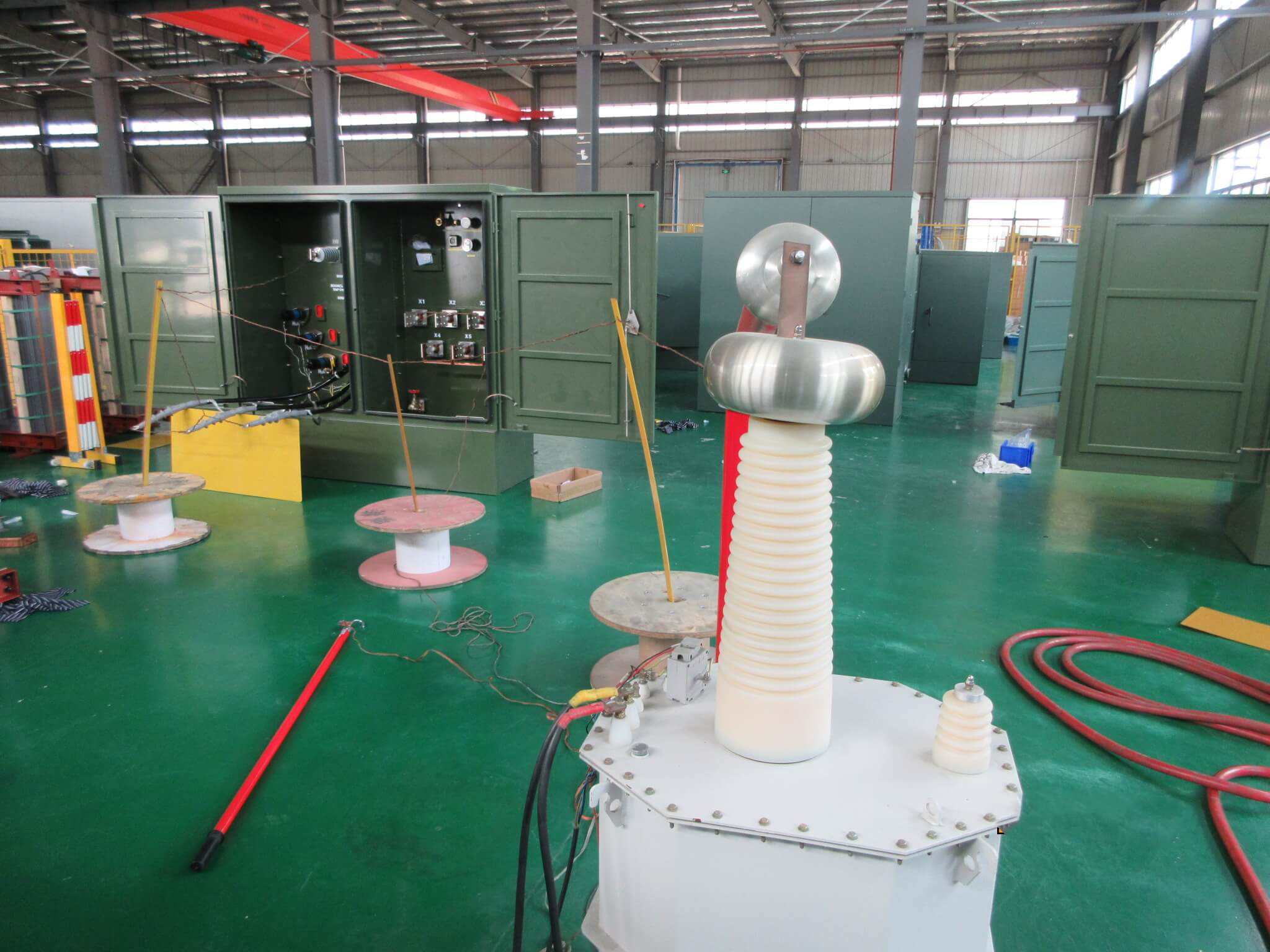
Benefits of Pad-Mounted Transformers
Pad-mounted transformers—both single and three-phase—offer several operational and structural advantages:
✔ Safety
Their sealed and tamper-proof enclosures ensure that the public is protected from electrical hazards, even when installed in accessible areas like sidewalks or green spaces.
✔ Aesthetics
Designed to blend with surrounding landscapes, these units offer a low-profile alternative to overhead lines and bulky substations.
✔ Reliability
Underground power transformers are less prone to storm damage, falling trees, or vandalism, resulting in more reliable power delivery.
✔ Low Maintenance
Enclosed design reduces exposure to dust, moisture, and contaminants, minimizing servicing needs and operational downtime.
✔ Installation Flexibility
Can be installed in radial or loop feed systems, supporting future scalability and redundancy in the network.
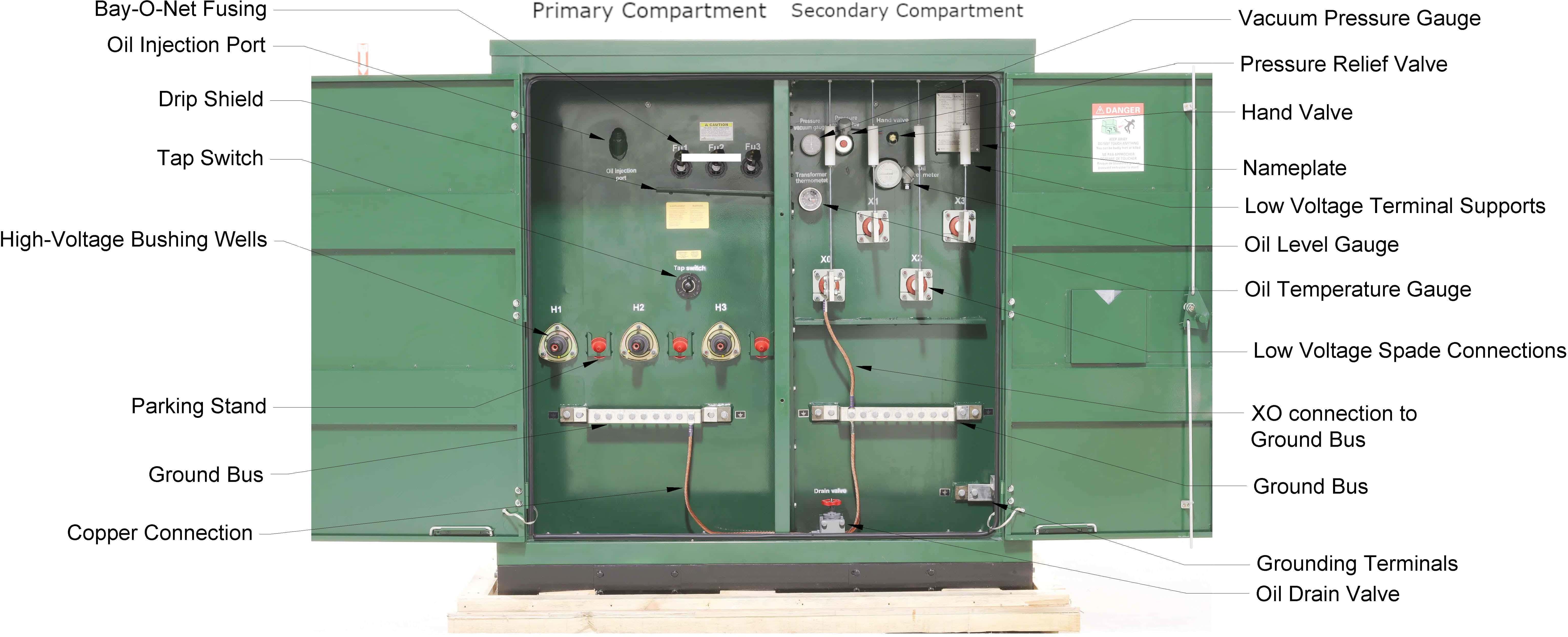
Thanks to their modularity and safety profile, pad-mounted transformers are widely used in:
- Residential subdivisions (Single-phase residential power transformers)
- Retail centers, shopping malls
- Business parks and industrial zones
- Public utility grids with underground infrastructure
- Schools, hospitals, and government buildings
Whether the application is small-scale residential or large-scale commercial, these ground-mounted electrical transformers provide a reliable bridge between the utility grid and the end user.
End
A pad-mounted transformer is a cornerstone of modern electrical infrastructure. By converting medium voltage from underground lines into safe, usable power for homes and businesses, it serves as both a residential power transformer and a commercial distribution transformer, depending on its configuration.
From single-phase pad-mounted transformers used in neighborhoods to three-phase pad-mounted transformers powering industrial sites, these compact, weather-resistant devices help enable safer, cleaner, and more efficient energy distribution across the globe.


